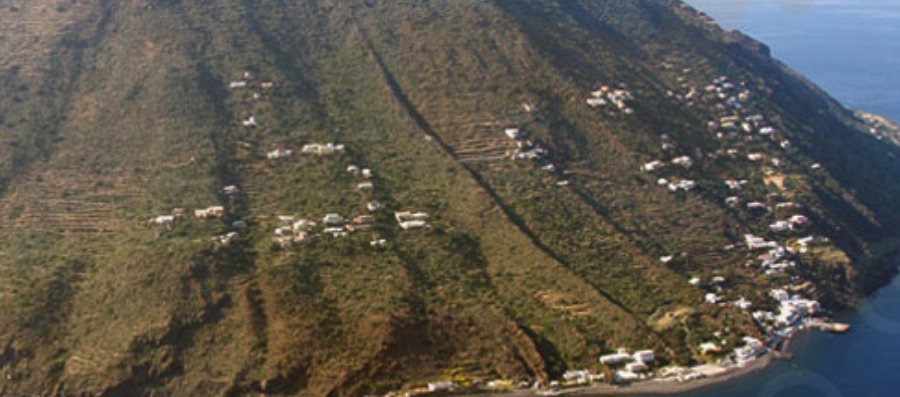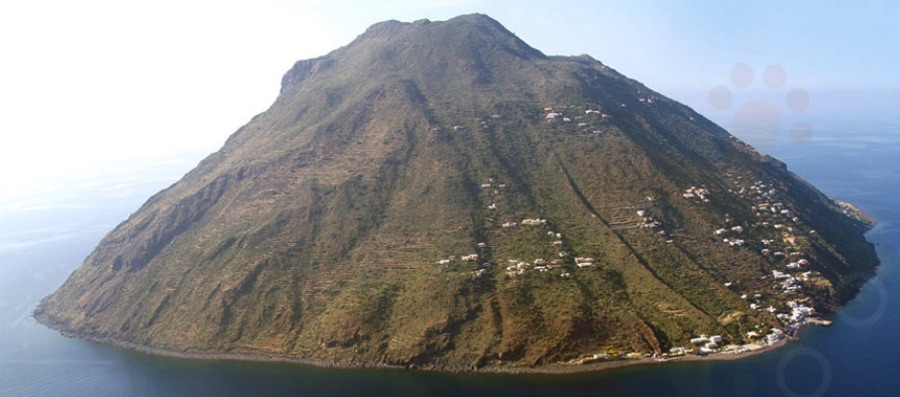Living for even a few days in Alicudi is an experience that remains forever etched in your memory. Time seems to have stopped here. With its unique atmosphere, the island seems to tell us its history of looting and invasions, a story that has seen the succession of different peoples and ended in peace and beauty.
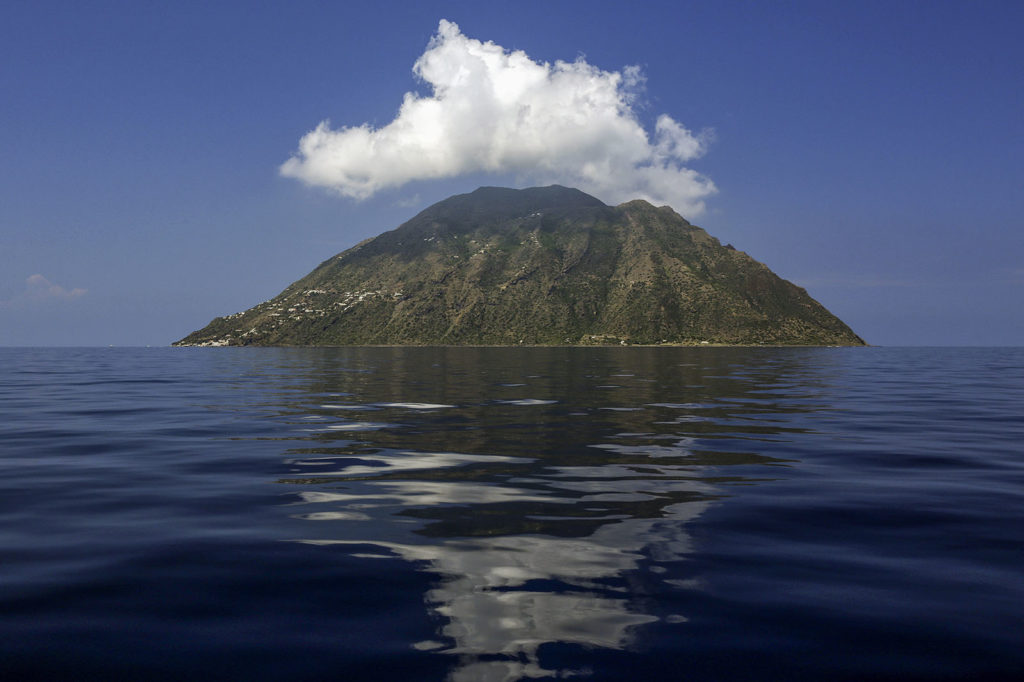
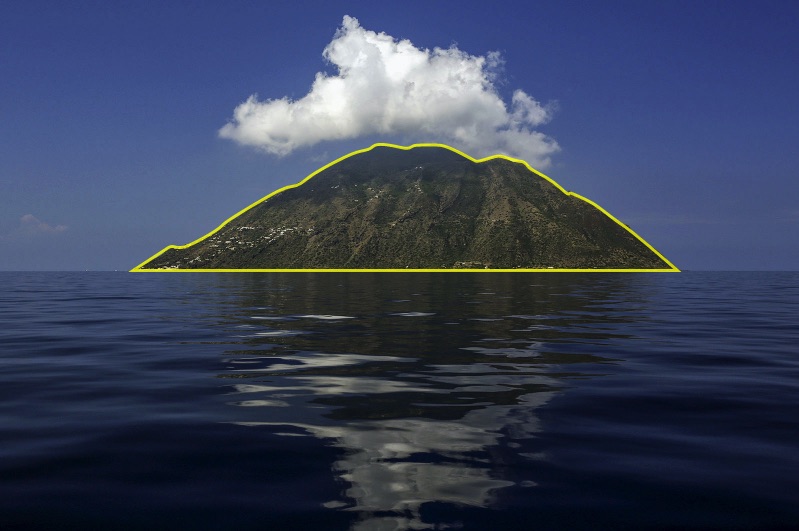
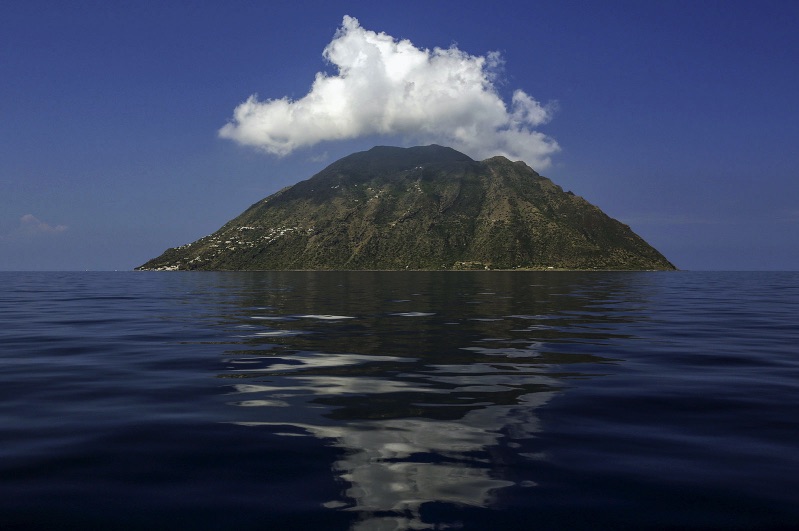
In the post-war era Alicudi was inhabited by around 600 people. Most emigrated to Australia and South America. Currently only 100 residents are living on the island, and not many more during the summer months.
Alicudi, the island of
Erica
, is a rugged, very steep isle, where there is a single lane with lava stone steps that connects all the houses, land to be cultivated and any other places of interest.
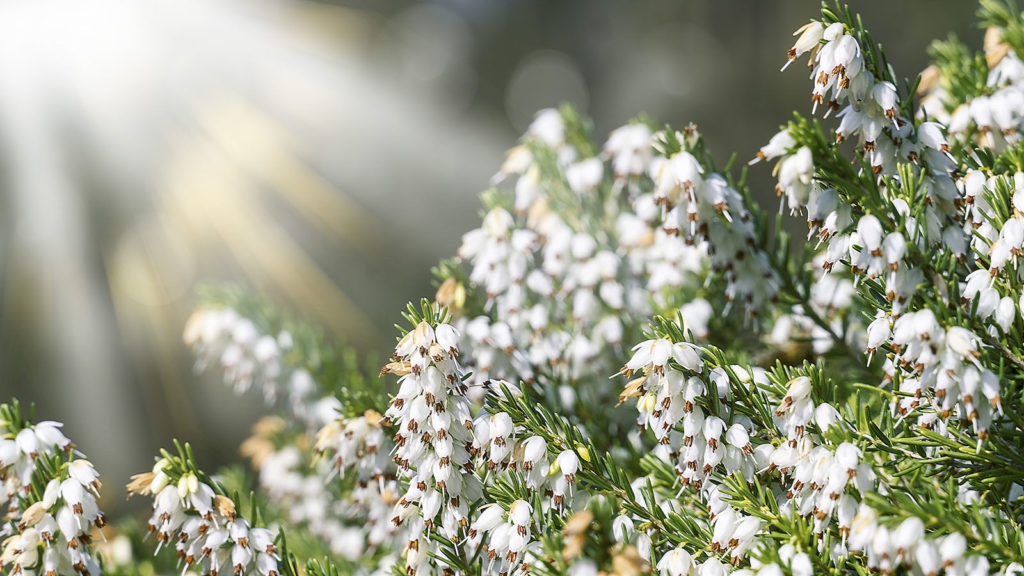
This route starts from sea level and goes up to the top of Monte Filo dell’Arpa at around 675 metres. Given the absence of drivable roads, you can only travel on foot or by mule
The island is inhabited only on the east side, which slopes less sharply towards the sea.
The only town is also called Alicudi and is divided into five small hamlets.
The port area is the centre of the island: the coastal stretch of the port (a small pier) houses a pebble beach typical of the Aeolian environment. When visiting the island it is always best to rely on the guidance of people who know the paths well. You must also always carry a torch because there is no street lighting.
The traditional houses have flat roofs for rainwater collection, which is brought into large cisterns next to and below them. The rooms are adjoining and open onto terraces with brickwork seats (bisuoli) and typical truncated cone columns (pulere) on which rest the wooden beams of the pergolas, supporting vines that offer shade. In many houses, rifriggiraturi are still used to store food. These small rooms with a little door are located at the opening of underground communication tunnels, from which air blows out at a constant temperature of around 10 °C. Next to the houses there are still numerous mannare, i.e. buildings made of dry natural stone, with a circular plan, covered with a false dome, which can be accessed from low entrances. They have no windows and a beaten earth floor, and were once used to shelter sheep.
